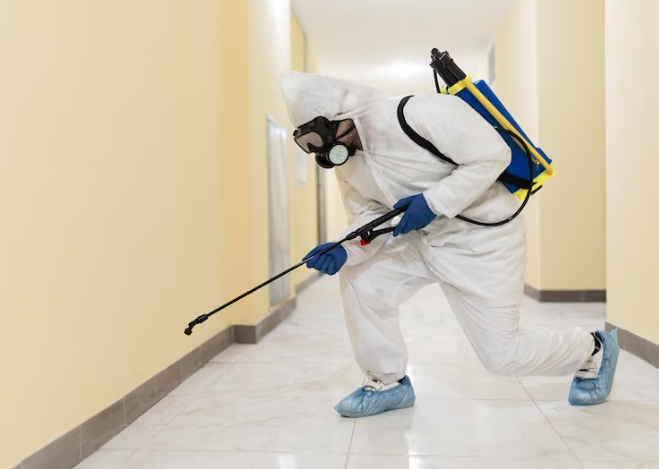Mold growth may start as a small patch in the bathroom; before you know it, it has spread like wildfire throughout your home. But mold isn’t merely an unsightly and unpleasant cleaning problem – it can be a serious health hazard. Luckily, mold removal and remediation from a local family-owned firm like Aqua Lock can resolve the issue and help prevent a recurrence.
For starters, mold is a naturally occurring organism (fungus) that exists in many places, both indoors and outdoors. And while some forms of mold are beneficial, helping produce penicillin or other products, other types can cause various health problems in humans. This post expounds on the dangers of mold exposure and its impact on your home’s air quality.
Health Risks
Black mold has been associated with serious medical issues, including respiratory infections, sore throat, chronic coughing, eye irritation, skin rashes, headaches, and more. Similarly, aspergillus versicolor, an allergenic fungus, can cause sinusitis or bronchial hyperactivity, leading to serious health issues in people with weakened immune systems. Its musty odor is also unmistakable, especially in moldy homes.
Although mold doesn’t affect everyone, it’s hazardous to those with pre-existing respiratory problems. For example, people with asthma are sensitive to mold spores and may experience symptoms like wheezing, coughing, chest tightness, or difficulty breathing when exposed.
Research also shows children are likely to develop asthma once exposed to damp living conditions and mold. Specifically, Aspergillus fumigatus can cause lung infections in young children, eventually contributing to asthma development.
Scientists estimate that mold is responsible for more than 24% of the total cases of asthma in children and adults. While all molds are capable of causing health problems, the most dangerous types are black mold (Stachybotrys Chartarum) and Aspergillus versicolor.
The Centers for Disease Control (CDC) also reports that mold can lead to food poisoning, as salmonella and E. coli piggyback on mold or its spores.
Mold and Toxicity
Certain types of mold can produce mycotoxins – chemicals that can harm human health. But how does this occur?
Basically, some types of mold grow on damp food and other materials, producing toxins as they feed. Case in point, Aspergillus versicolor is a known producer of carcinogenic mycotoxin sterigmatocystin – pardon the technical terminology.
You can suffer from short-term or long-term health effects if you ingest or inhale these mycotoxins. These might range from mild symptoms, such as fatigue and headaches, to more serious effects, such as immune dysfunctions, cognitive disorders, and cancer.
But what determines the impact of mold on people’s health? Basically, it depends on aspects such as:
- The type of mold – some types of mold are more dangerous than others.
- Duration of exposure – individuals exposed to mold over a long period risk more adverse health effects. That said, short-term exposure results in symptoms such as stuffy noses and headaches.
- Mold concentration – a high concentration of toxic mold is likely to lead to more severe symptoms.
- Your unique susceptibility to mold exposure – some individuals are more prone to allergies or respiratory illnesses and thus have an increased risk of experiencing negative health effects due to mold exposure.
The Impact on Indoor Air Quality
Mold thrives in warm, moist, and poorly ventilated environments. This makes our homes the perfect breeding ground for its growth.
The accumulation of these contaminants in the air can have significant health consequences.
What’s more, our air circulation systems – vents, ducts, and filters – can get clogged by mold spores, further exacerbating the problem. As a result, air quality in our homes tends to deteriorate as mold accumulates, reducing its ability to circulate and filter out other contaminants.
That said, you don’t have to let your family become a victim of circumstances – it’s within your power to combat mold before it runs the show. Your vigilance and efforts to maintain a clean and well-ventilated indoor environment can help reduce your chances of suffering from mold-related health issues. Also, call in an expert to inspect, identify, and remove the mold for a safer living space.














































